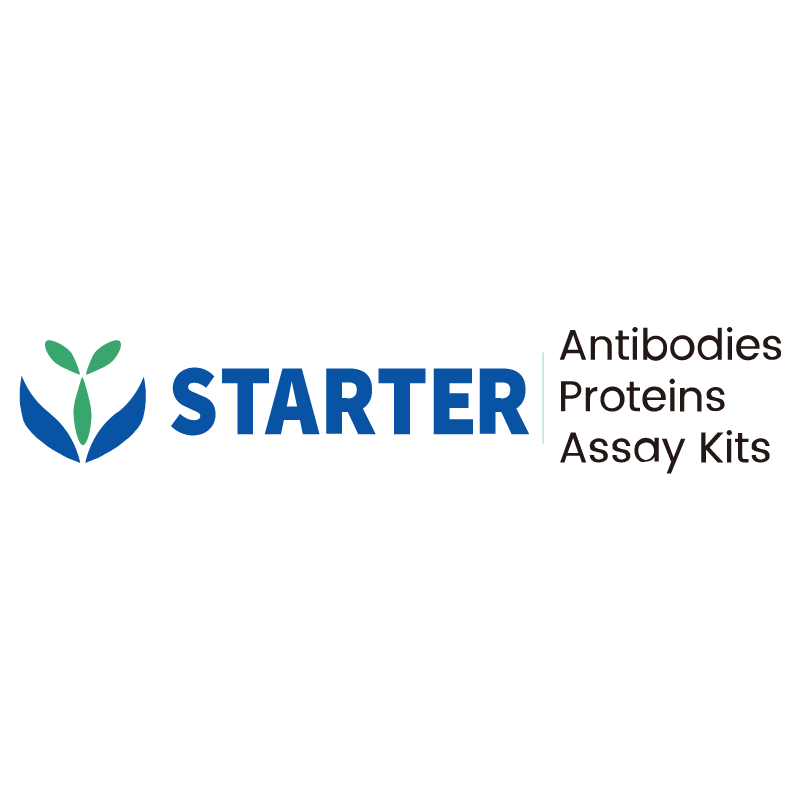Flow cytometric analysis of Human Peripheral Blood labelling Human CD371 antibody at 1/200 (1 μg) dilution/ (Right panel) compared with a Mouse IgG2a, κ Isotype Control / (left panel). Goat Anti- Mouse IgG Alexa Fluor® 488 was used as the secondary antibody. Then cells were stained with CD16 - APC antibody separately.
Product Details
Product Details
Product Specification
| Host | Mouse |
| Antigen | CD371 |
| Synonyms | C-type lectin domain family 12 member A; C-type lectin-like molecule 1 (CLL-1); Dendritic cell-associated lectin 2 (DCAL-2); Killer cell C-type lectin-like receptor L1 (hKLRL1); Myeloid inhibitory C-type lectin-like receptor (MICL); CLL1; DCAL2; KLRL1; MICL; CLEC12A |
| Location | Cell membrane |
| Accession | Q5QGZ9 |
| Clone Number | S-2850 |
| Antibody Type | Mouse mAb |
| Isotype | IgG2a,k |
| Application | FCM |
| Reactivity | Hu |
| Positive Sample | Human Peripheral Blood |
| Purification | Protein A |
| Concentration | 2 mg/ml |
| Conjugation | Unconjugated |
| Physical Appearance | Liquid |
| Storage Buffer | PBS pH7.4 |
| Stability & Storage | 12 months from date of receipt / reconstitution, 2 to 8 °C as supplied. |
Dilution
| application | dilution | species |
| FCM | 1:200 | Hu |
Background
CD371, also known as CLEC12A, is a type II transmembrane protein with extracellular C-type lectin domains, primarily expressed on myeloid cells. It is a potential myeloid cancer stem cell marker and is considered a target for antibody-based or chimeric antigen receptor T-cell therapies. CD371 is particularly associated with DUX4-rearranged leukemia, where it is highly expressed and serves as a unique cell surface marker. Its expression is also linked to “switch” acute lymphoblastic leukemia (ALL), which has a tendency to switch to monocyte-like cells upon corticosteroid treatment.
Picture
Picture
FC


